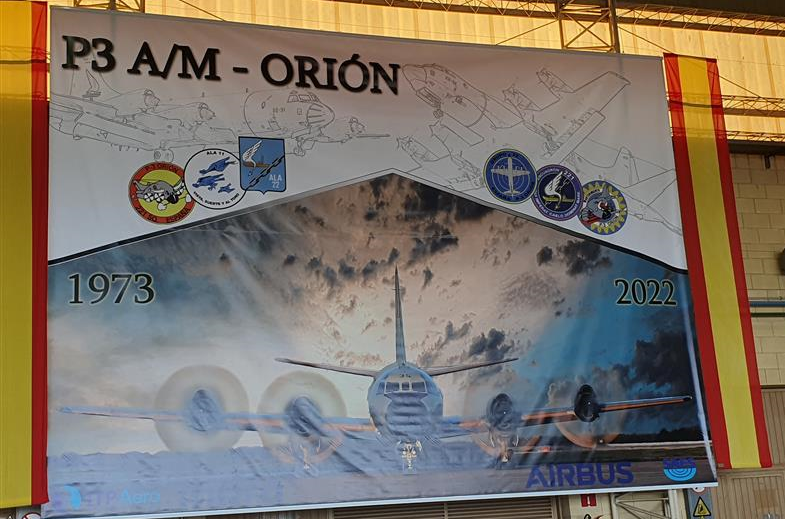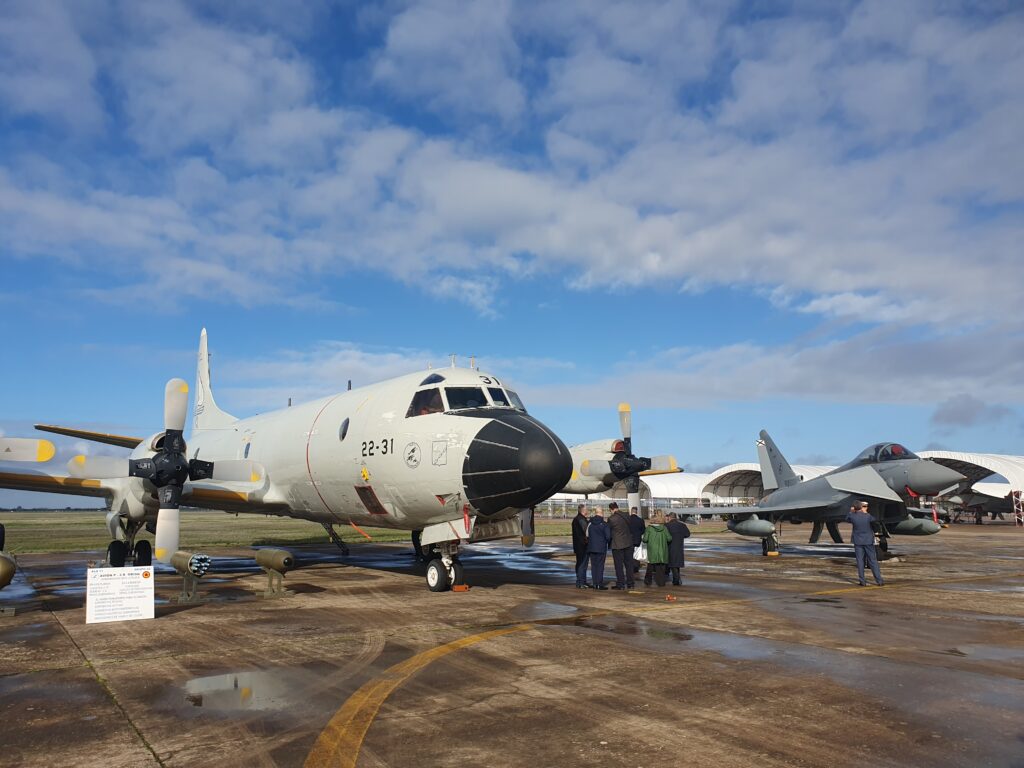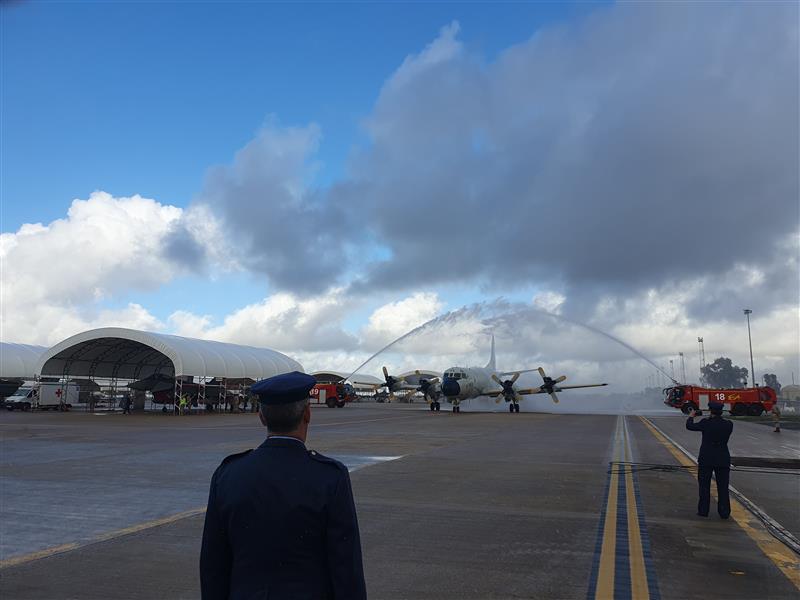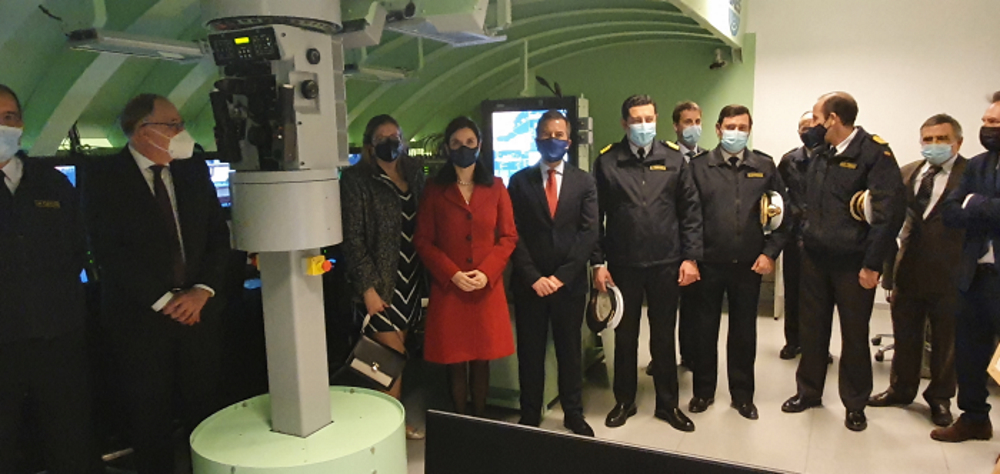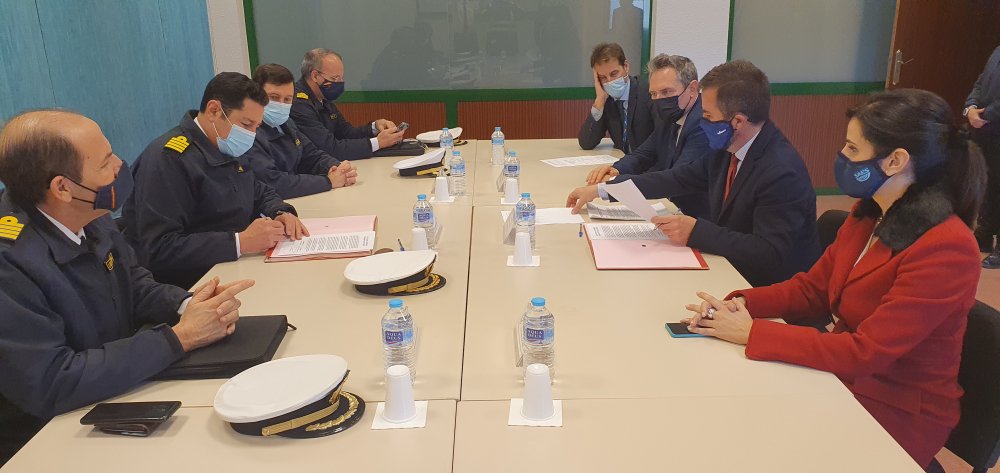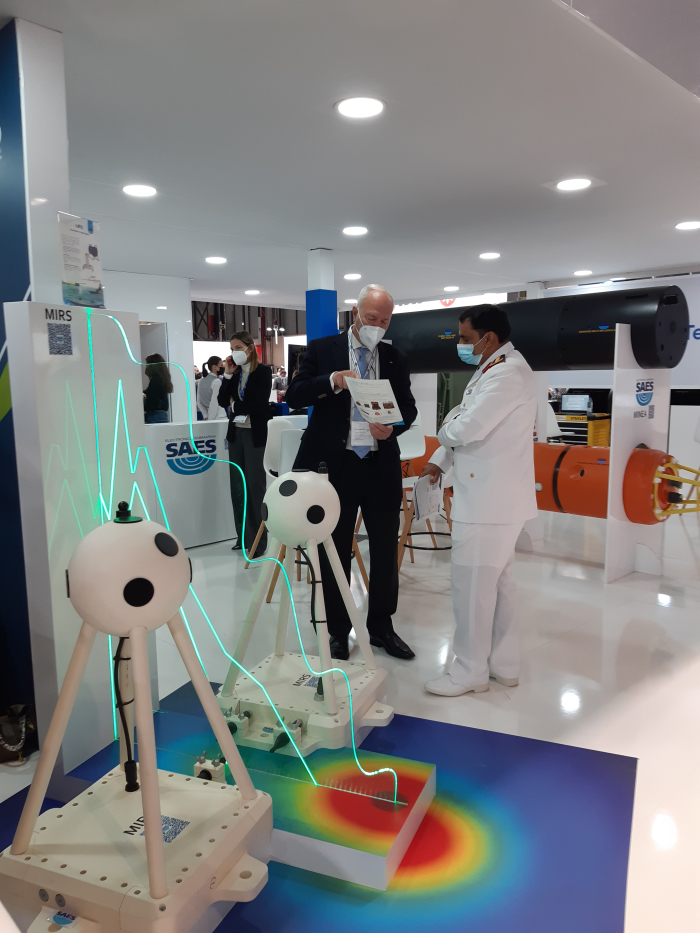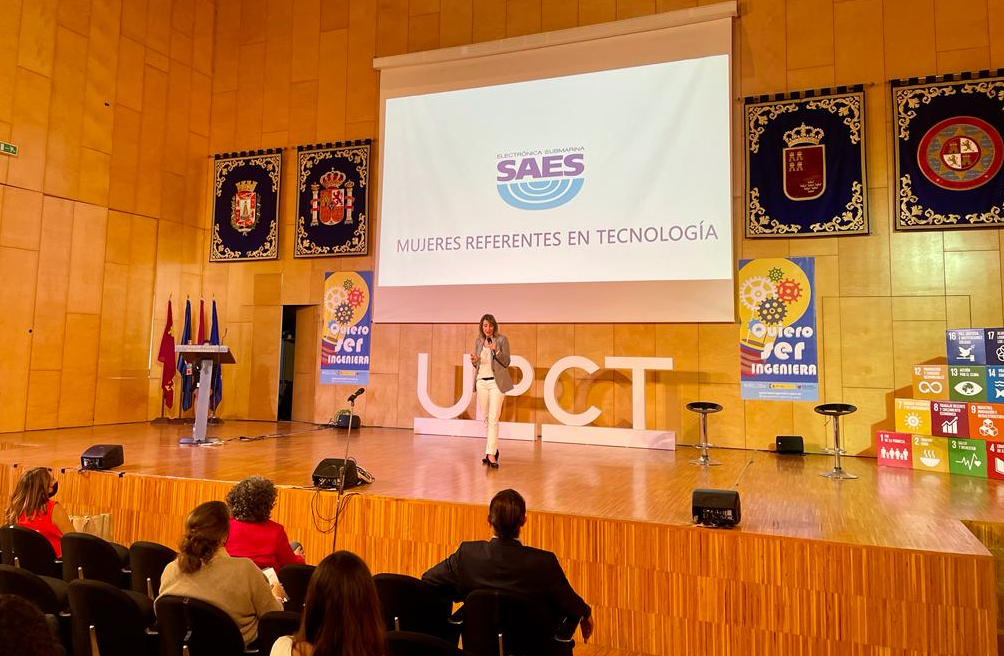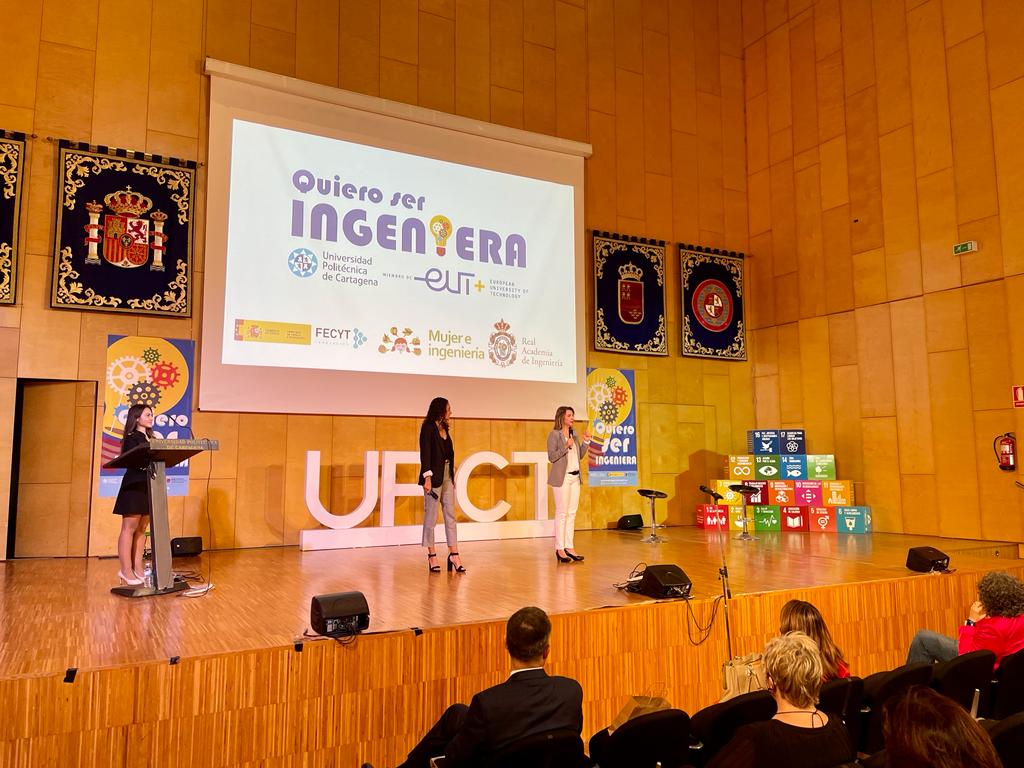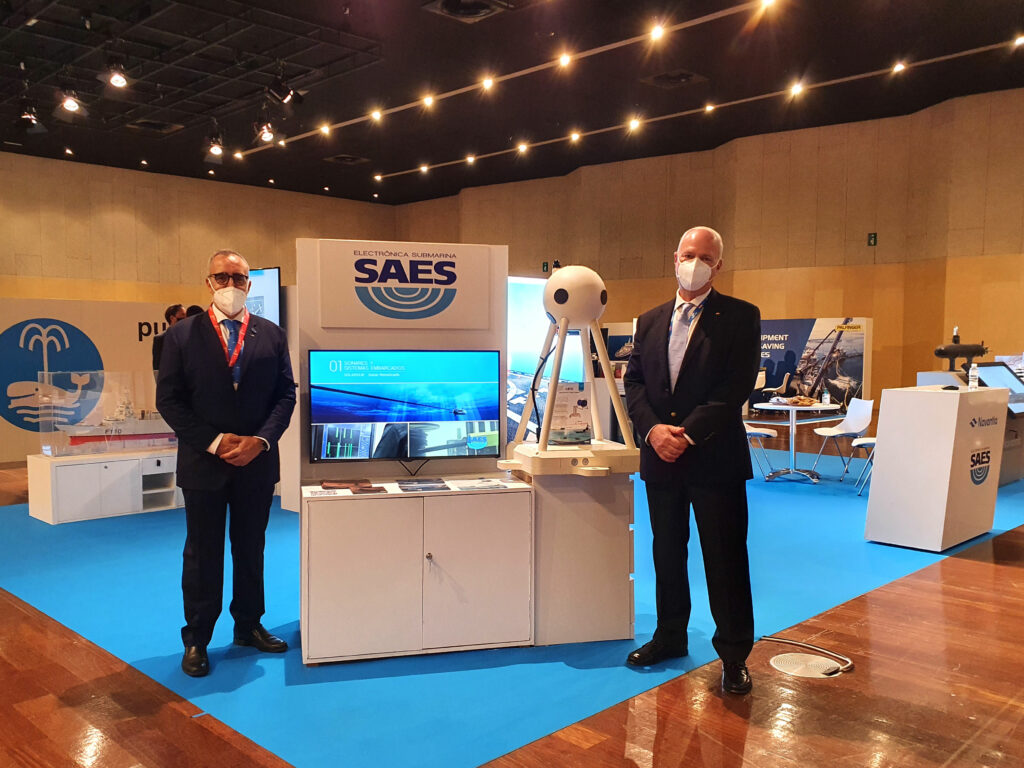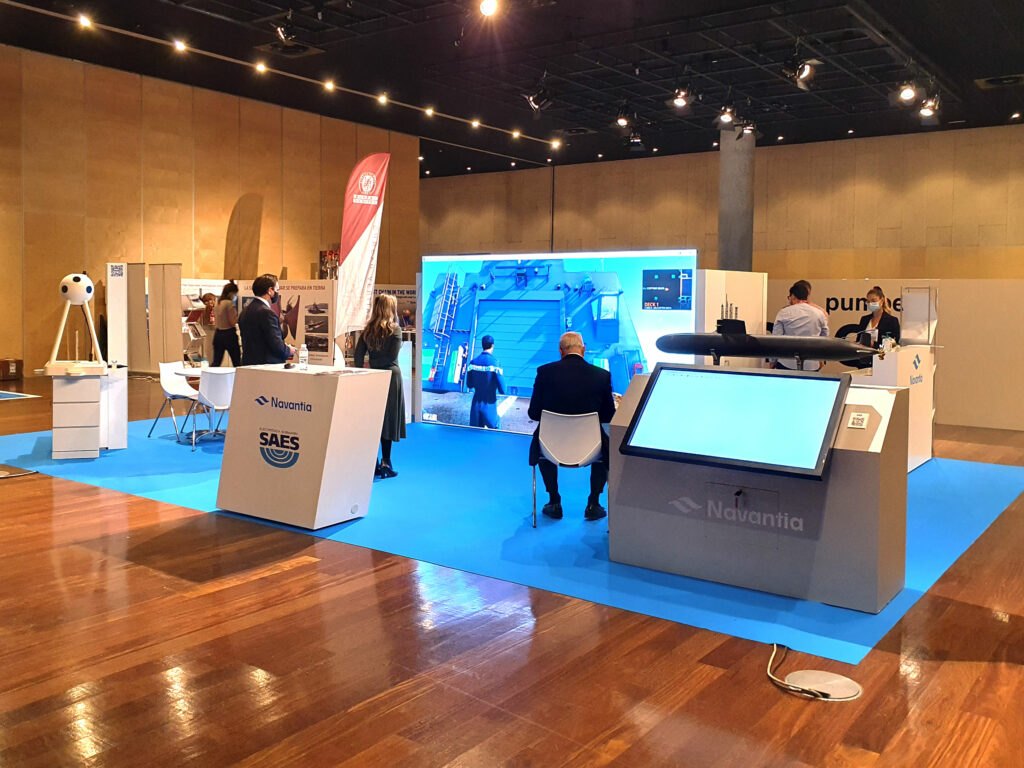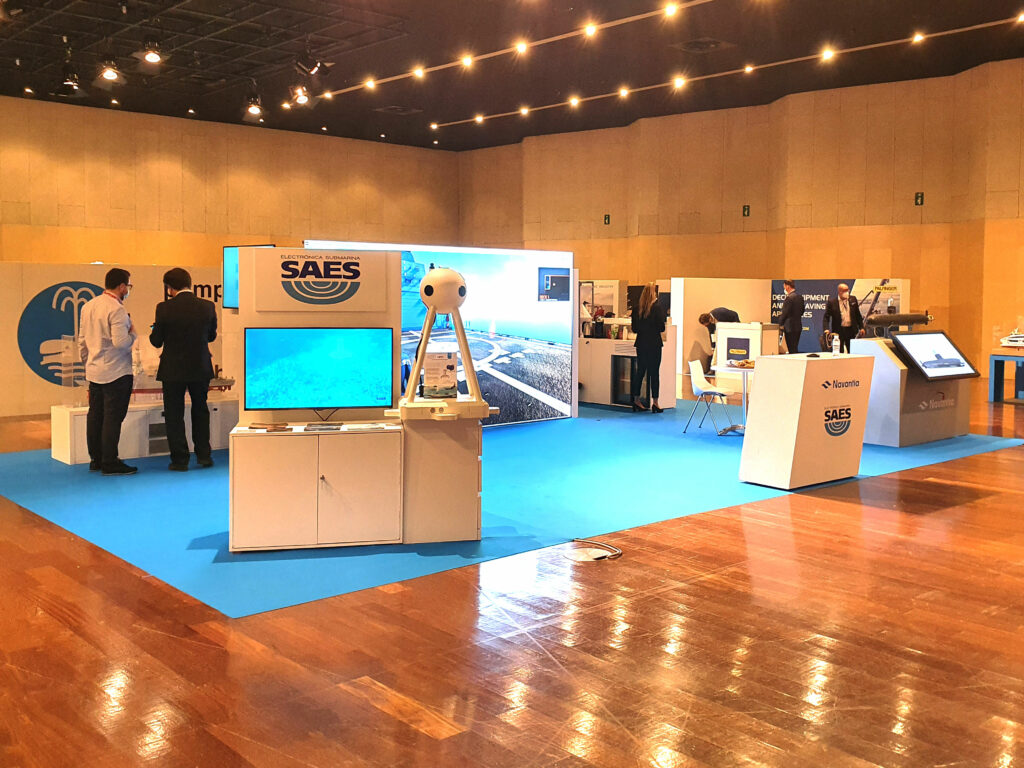The company participated, together other firms, in the Spanish pavilion coordinated by TEDAE.
An important representation of Spanish companies have exposed their technological solutions in the IDEX and Navdex exhibition, from February 17th to 21th, in the city of Abu Dhabi in the United Arab Emirates.
The Spanish pavilion was organized by TEDAE, a spanish association that included the main companies related to de defence and security. This time, eight companies have participated and presented their products in the Spanish pavilion: Escribano, Grabysur, Hisdesat, Instalaza, SAES, Urovesa, Everis Aerospacial y Defensa, and Expal.
At IDEX, SAES, that is celebrating its 30th anniversary, have exhibited solutions such as the MILA underwater demolition charge, the MIRS range system, the DDS-03 diver detection sonar for the protection of critical infrastructures as well as several ASW systems for aerial and naval platforms.
SAES is attended the International Defense Exhibition and Conference 2019, the main event of the sector in the MENA region held in Abu Dhabi, thanks to the support of ICEX and the ERDF co-funding.

Submarine signature of intelligence in front of mine war.
The global interest in submarine signatures is growing. Today, modern systems and ships take into account not only acoustic signatures but also electrical, magnetic, pressure and seismic influences.
Multiple influence signatures and current smart naval mines can detect a specific objective through the analysis of these signatures.
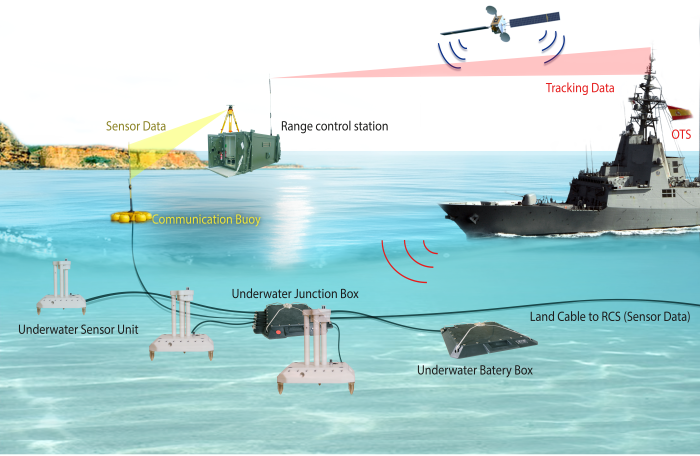
SAES, based on its experience in underwater sensors, has developed a complete set of multiple influence naval mines, MINEA, that use a variety of sensors to detect different physical influences.
MINEA’s naval mines are the most advanced smart marine mines currently manufactured. They are intended for the formation of mine sweeping equipment and it is essential to know how an advanced intelligent mine works for the safety of the ship.
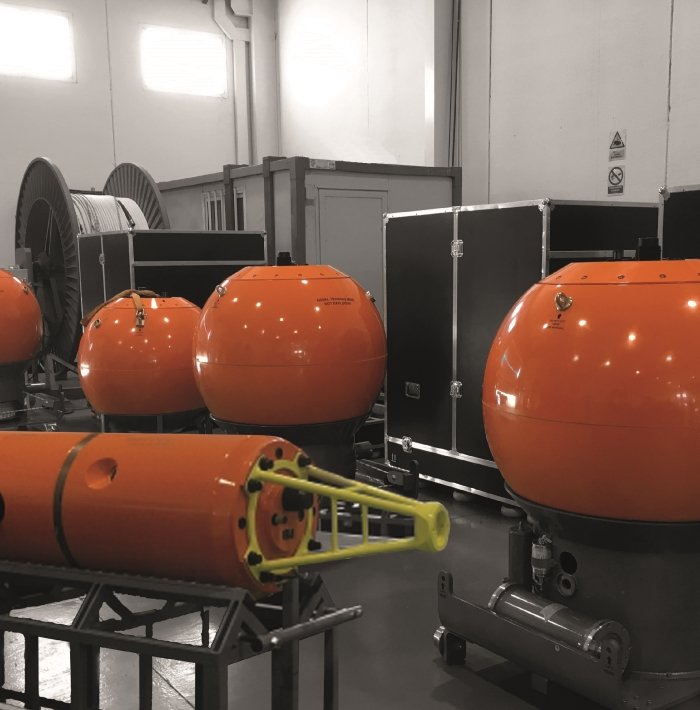
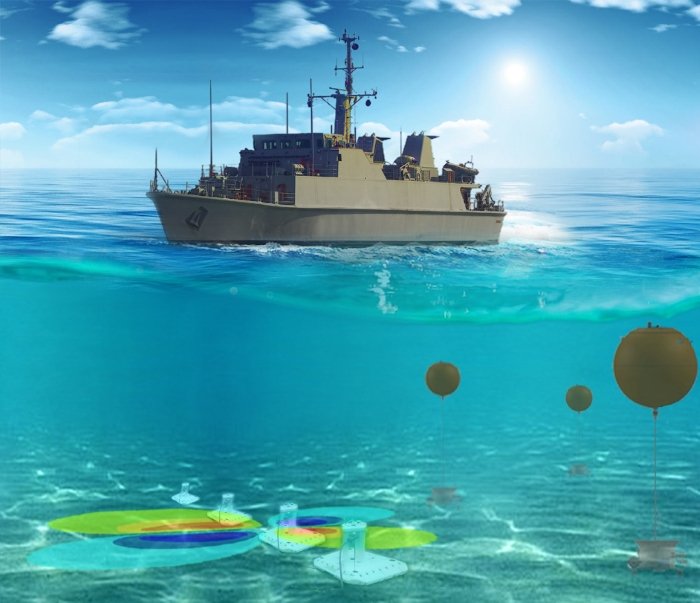
On the other hand, the signature of multiple influence (SIGINT) allows to characterize and classify a contact (surface or submarine) not only from the analysis of the radiated acoustic noise, which configures its acoustic signature, but also from the analysis of its electrical, magnetic, pressure and seismic influences. The MIRS system of SAES is high performance for SIGINT.
The Multiple Influence Range System (MIRS) for surface ships and submarines provides real measurements of these influences. MIRS is a portable station that can be used in any scenario for multiple tasks, such as: obtain the signature of the ship in a real scenario and collect information in strategic areas, routine check or signatures before a mission.

